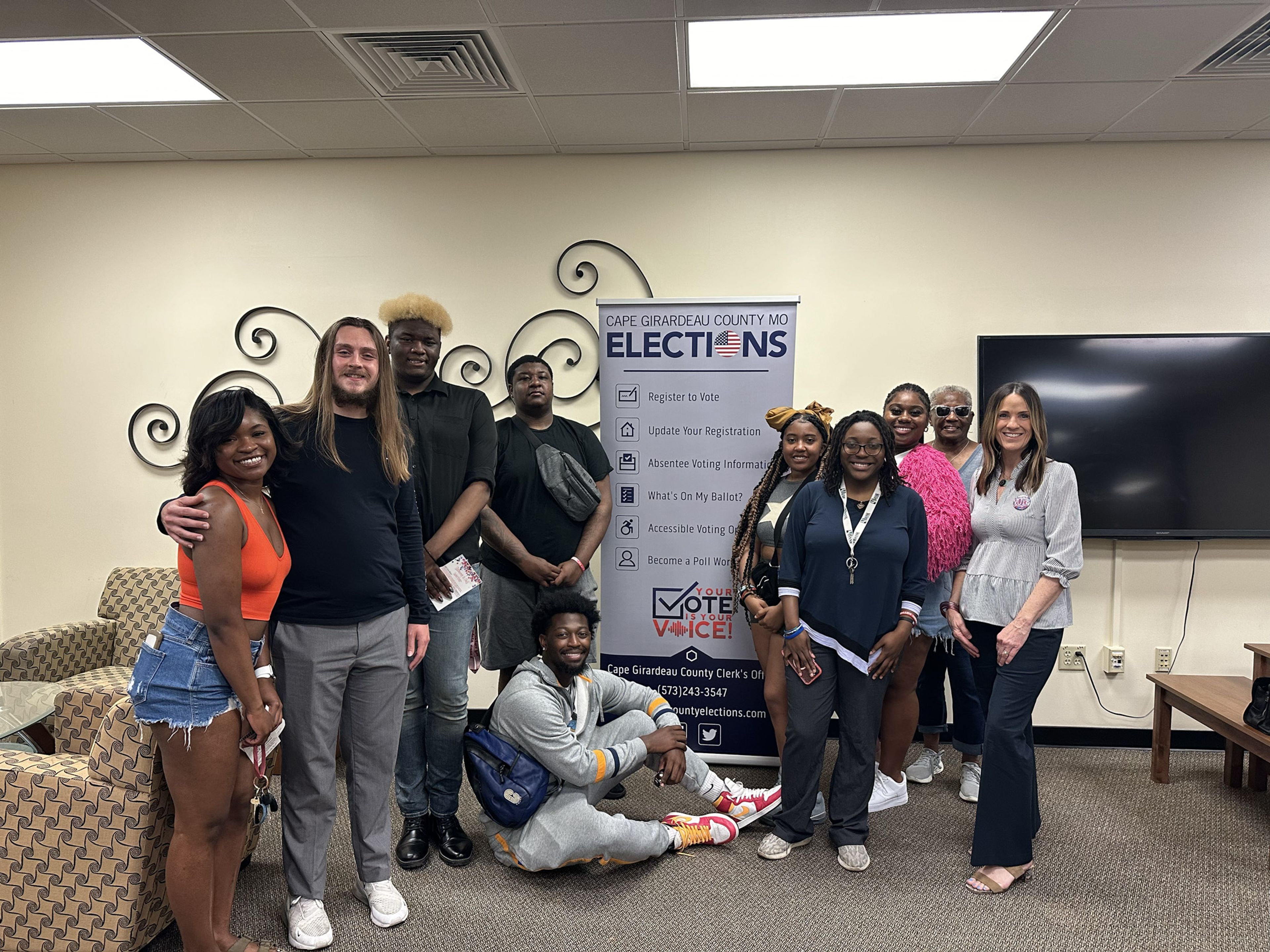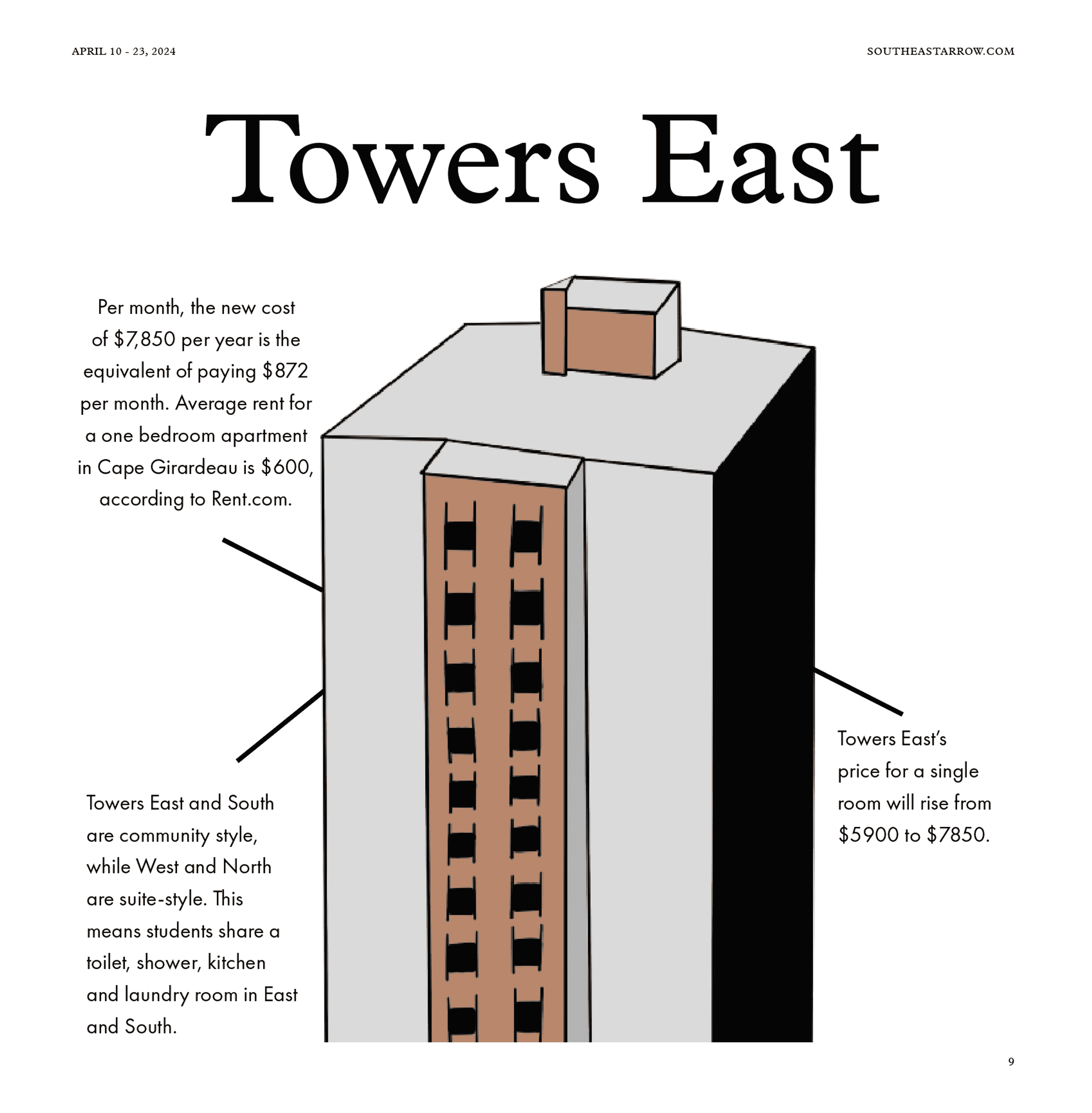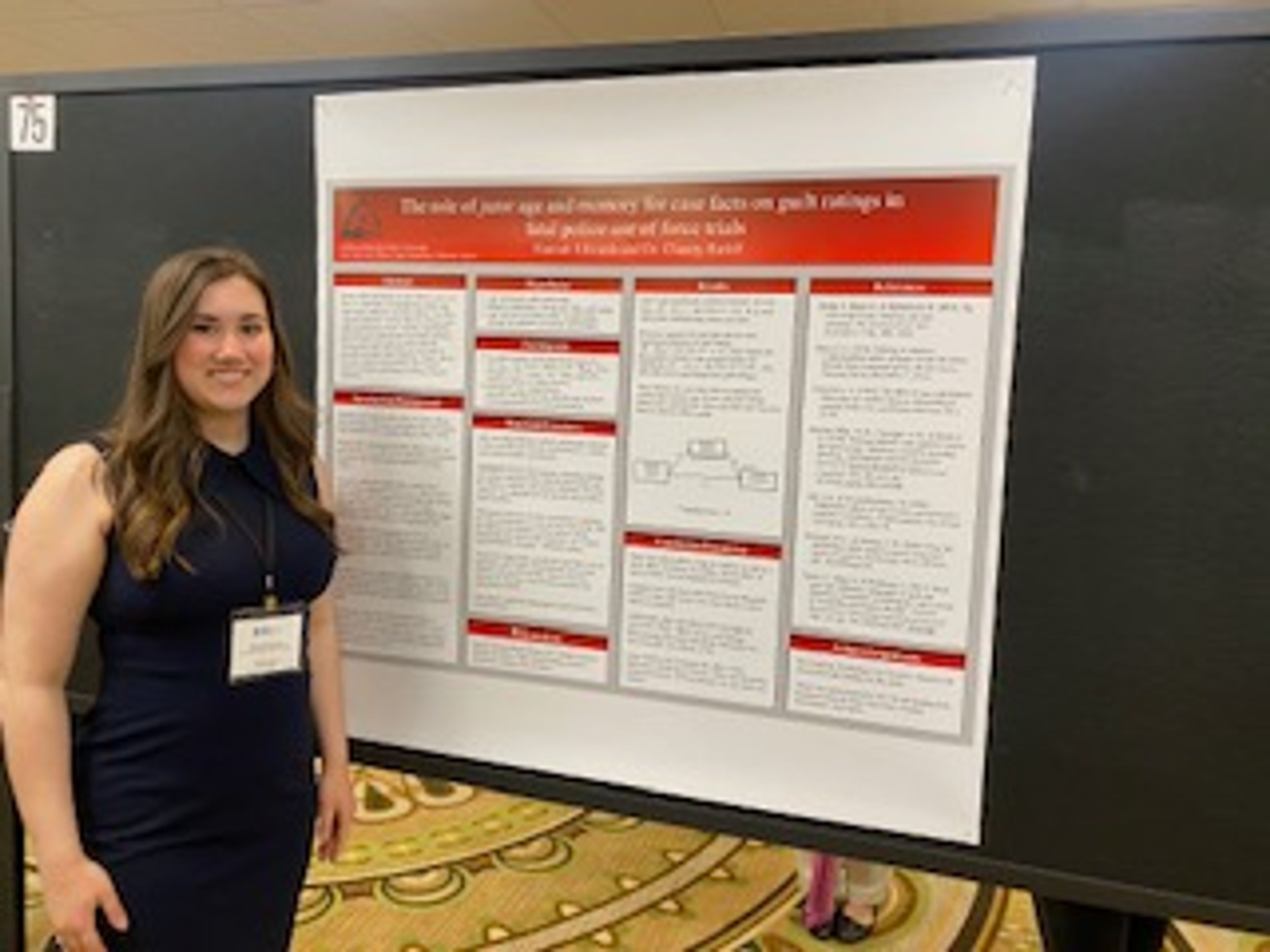Southeast Missouri State University’s first day enrollment numbers recorded on Aug. 24 were down for the first time in 20 years.
According to Dr. Debbie Below, vice president for enrollment management and student success and dean of students, the drop shouldn’t be seen as a negative reflection on the university, but rather a trend change in high school graduation rates.
Enrollment for Fall 2015 totaled 11,411 students, a decrease of about 1.5 percent or 169 students. Last fall’s first day figures added up to 11,580. This year’s numbers were still the second highest in the university’s history.
“We watch that trend very closely, so we have anticipated that our enrollment growth would be slowing,” Below said.
A trend line from the Western Interstate Commission for Higher Education showed a dip, with some fluctuation, in the production of Missouri and Illinois graduates from public and nonpublic high schools. Below said the downward trajectory in Missouri is expected to slacken around 2021, while Illinois’ continues past 2028. This translates into an effect on university enrollment. Ten percent of Southeast students are Illinois residents.
Minority student numbers depict progress, however. There were 1,130 international students, 1,007 African American students and 198 Hispanic students enrolled at Southeast at the start of the year.
Overall, Southeast’s numbers have been above average. Below said over a five year period between 2009 and 2014, enrollment has grown 11.4 percent. The statewide total for public four-years only reached 8.6 percent, and the increase for both public four-year and two-year colleges was at 3.2 percent.
Factors outside of high school graduate totals influence the headcount number as well. Non-traditional students looking to complete an unfinished degree or graduate credits along with high school students wanting dual credit options are just as much a part of the calculation, too.
“In reality, the enrollment on college campuses is very diverse and runs the spectrum of students who are still in high school taking courses, a large number of students who are taking their courses online today while they’re working as well as graduate students,” Below said.
Fourth week numbers are figured following the records of first day enrollment. Below said a lot of fluctuation happens in the first few weeks, so official census enrollment is taken when variations in adding and dropping level out. The same counts at semester start and fourth week recur in the spring.
In a letter to Southeast’s campus, Dr. Carlos Vargas said that though the decline may not appear detrimental, he doesn’t want it to become a trend. He wrote that the university already had plans to reinforce enrollment increase in the future.
Below said a goal is set for an average increase of 1.5 percentage points per year.
The rebranded “Will to Do” marketing campaign is just one aspect of the effort. Vargas said new academic programs are also in place to attract future Redhawks, including five programs under health studies. He added he had an interest in strengthening partnerships with Southern Illinois University-Edwardsville and the St. Louis College of Pharmacy as well as wanting to consider the option of a doctorate level degree in psychology at Southeast.
Below said it boils down to working together to talk about what Southeast has to offer.
“This is an institution that emphasizes academic excellence, without a doubt,” Below said. “There is so much focus on student learning at this university.”
Southeast’s dedication to small class sizes allows for one-on-one interaction between professors and their students. Programs are accredited to help students compete in a ruthless job market after college. Residence halls and academic facilities stress the importance of community. Below said getting those values known is what sparks recruitment.
“It’s a matter of beginning to be comfortable thinking from more of a marketing perspective and spending a considerable amount of time making sure that everyone understands what’s available here at Southeast,” Below said. “So I think if we do that well and we do it collectively, then we will grow, I’m confident of that.”
What she’s heard from administrators, faculty, staff and students concerning enrollment has been wholly positive.
“You can see the commitment that everyone has to this university and the commitment to continuing to see it grow so that we’re educating more students and, most importantly, serving this region,” Below said.




